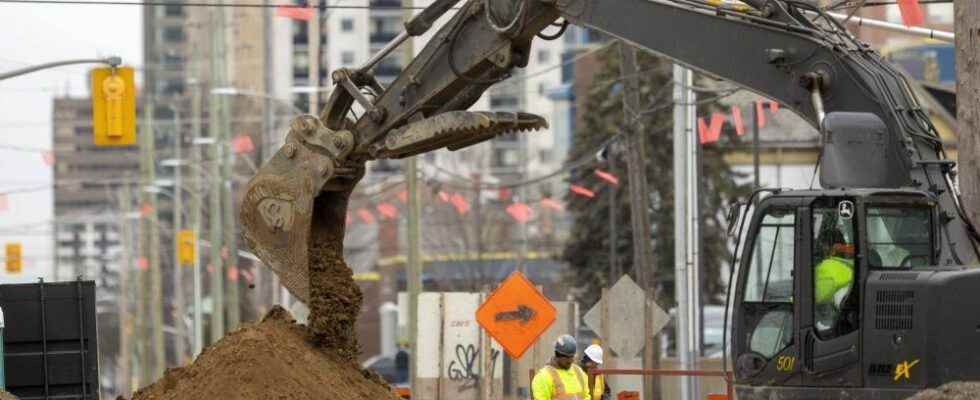The London-area unemployment rate edged up last month after the region shed about 1,000 jobs, the latest snapshot of its economy shows.
The jobless rate for October rose marginally to 6.5 per cent, up from 6.3 per cent a month earlier, in the metro area that takes in London, St. Thomas, Strathroy and portions of Middlesex and Elgin counties, Statistics Canada reported Friday.
The slight uptick came after the region broke a streak of five straight months of rising unemployment rates in September, and amid fears a recession could slow Canada’s economy next year, affecting job creation and pushing unemployment rates up.
Though month-to-month variations are common in reports for smaller metropolitan areas, London’s slight increase in unemployment last month bucked the Ontario and national numbers.
Ontario added 43,000 new jobs in October, its unemployment rate little changed at 5.9 per cent, Statistics Canada said.
Most of the jobs created last month in Ontario were in Toronto, where employment rose by 31,000, the federal agency said.
Nationally, employment rose by 108,000 new jobs while Canada’s jobless rate was unchanged at 5.2 per cent.
Friday’s figures came a day after Finance Minister Chrystia Freeland delivered a fall economic update that warned of a potential recession next year.
The economic slowdown is expected as the Bank of Canada continues to fight inflation by raising its key interest rate, which now stands at 3.75 per cent, up from 0.25 per cent in the spring.
“It’s important. . . that I’m honest with Canadians about the challenges that lie ahead,” Freeland said in her update.
“Interest rates are rising as the central bank steps in to tackle inflation. And that means our economy is slowing down. . . Anyone who claims they could prevent the challenges ahead is wrong.”
The federal government’s latest projection for the Canadian economy’s growth is 3.2 per cent for 2022, down from its forecast of 3.9 per cent in its last budget in April. That will be followed by significantly slower growth of 0.7 per cent in 2023, which the budget forecast had put at 3.1 per cent.
A “downside scenario,” which considers high inflation rates sticking around longer and prompting even tighter monetary policy, places Canada in a “mild recession” next fiscal year.
– with files by the Canadian Press
